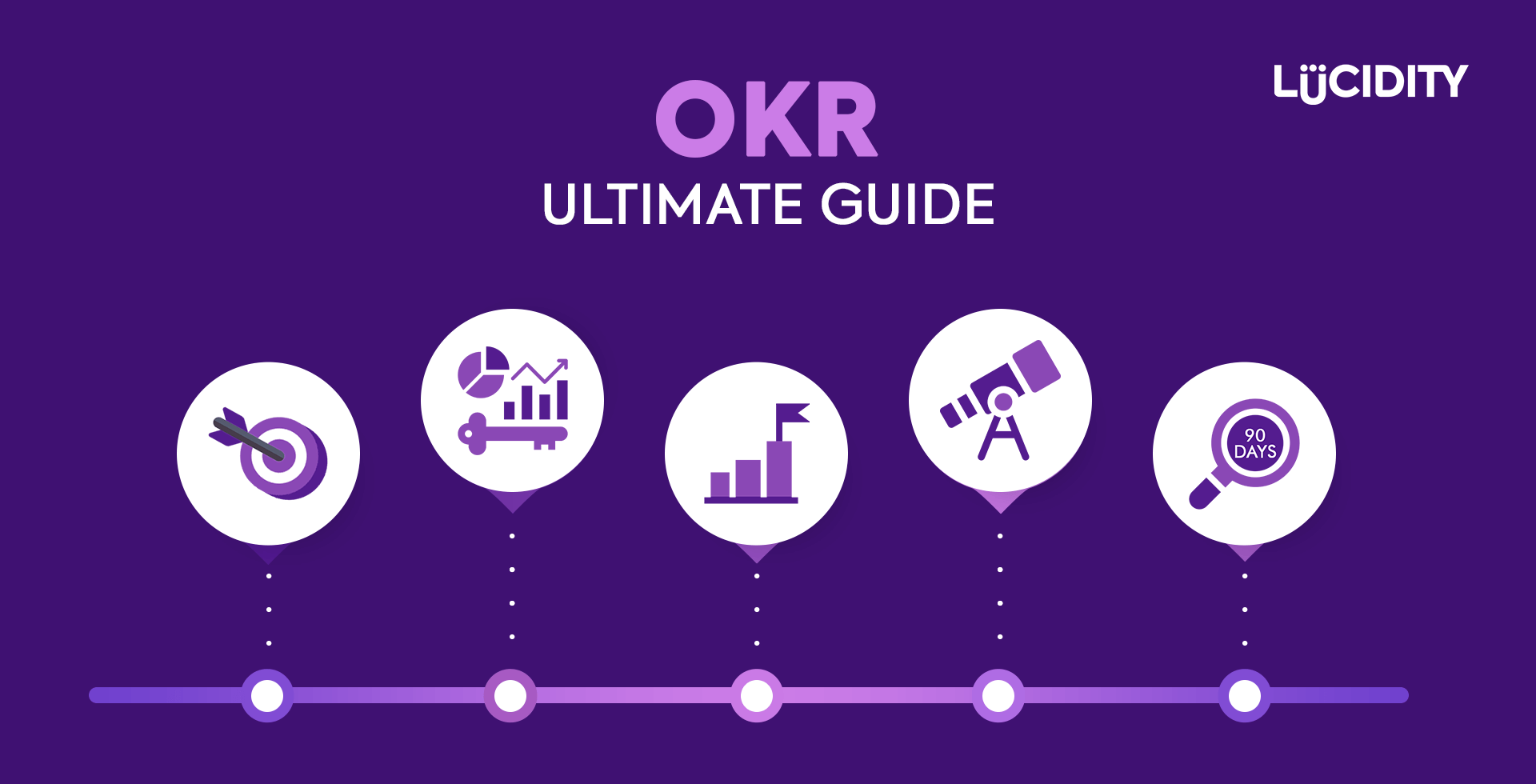I’m sure we’ve all been there at some point, you proudly circulate the strategy you’ve spent weeks creating, tick the box of a job well done, and then promptly forget about until next year when it’s time to write the Annual Report.
What hat are you wearing today? 🎩
When you’re a small to medium sized charity the staff are usually wearing many hats by fulfilling multiple roles. This often leads to a lot of context shifting as one minute you’re writing a multi year funding application, the next you’re answering a question from a donor, organising a raffle, then doing the monthly management accounts whilst trying to write a monitoring and evaluation framework for a new project and managing a new volunteer!
Due to the nature of having limited resources it often leads to a reactive approach to work, ticking off tasks from the to-do list, responding to requests and putting out the small fires, forgetting about the bigger picture and where you’d said you wanted to be heading in your strategic plan.
Strategy is not indulgent – it’s vital
It’s not easy to carve out time to plan where you want to be in 3, 5 or 10 years, it feels indulgent and a lower priority when there are so many more urgent, pressing tasks which need to be done yesterday! But without this time to put everything else on pause and really focus on where you want to be and how you want to get there you are unlikely to grow.
Once you’ve done that you’ll find it’s much easier to plan out your work, streamline your focus and work more efficiently towards achieving your strategic aims, rather than them being a dusty document reviewed once a year.
Your strategic plan or fundraising strategy needn’t be long and detailed. It can be engaging, fast and motivating.
Strategic steps 👣
Start by gathering your key stakeholders, that can include; staff, trustees, volunteers and ideally, if appropriate, your beneficiaries. If you haven’t done one recently then start with a doing a SWOT Analysis. This is a great way as a group to collectively evaluate the successes and weaknesses or the organisation internally, and assess the external factors which impact the charity. This helps to set the scene and inform your planning.
This is now your opportunity to reset and really decide as the current set of key stakeholders where you want your charity to be in X number of years time, ideally 3-5 years is a good planning period. Often small charities are implementing the vision and objectives of a group of people from years ago without looking at whether that’s still needed or appropriate now.
Use this opportunity to wipe the slate clean, ask yourselves the question that if you were here today setting this charity up for the first time, what is your vision and what are your objectives for the organisation as a whole and where do you want to see it in 3-5 years time. If you feel your vision is no longer fitting for the direction you’d like to see your charity go in then don’t be afraid to change it.
One of the beauties of a smaller charity is that we’re dynamic and agile so we can make these sorts of changes without needing a year long consultation involving multiple layers of change control.
Making it real
Now you have an updated vision, or you’ve agreed that your current one is still appropriate and reflects where you’d like to be, it’s now time to start setting some key objectives to help drive and focus your work towards that vision.
It could be that you want to, increase your reach by partnering with other charities, diversify your funding base, streamline your service offering, make your projects more sustainable. Aim for around 4-6 key objectives which, if all achieved, would help you reach your vision. This is the same if you’re writing a fundraising strategy, what are your key fundraising objectives to ensure the funding is available to help the charity to meet its vision and mission.
The next step is crucial in turning these strategic aims into operational activities. You won’t be able to track the progress of working towards those objectives without some goals.
One way to ensure goals work is to use SMART (specific, measurable, achievable, relevant, time bound) in order to be able to say whether they have been achieved or not. For example the objective of diversifying your funding base could have a goal of officially partnering with three corporate funders within 12 months or securing multi-year grants from four trusts or foundations within 18 months. These goals are now tangible and you can see how they link to your objectives and whether they have been met or not.
Again, you don’t want to set the goals and then forget about them for a year and then see whether you achieved them or not. Take some time now to determine your KPIs (key performance indicators) for each goal – this is what information or data will you use to measure whether this has been achieved. For the corporate partnerships goal the KPI could be that you have three signed MOUs with corporates committing to partner for a minimum of 12 months.
You then need to add some context and milestones so you can see whether you’re likely to achieve this. For each KPI you need to include the current state (e.g. currently zero signed MOUs with corporates) so you have your baseline of where you’re starting from. Then break your goal down into milestones so you can track the progress through your the year.
For example:
- Milestone 1 is one corporate partnership by the end of quarter 1
- Milestone 2 is a total of two corporate partnerships by end of quarter 2
- Milestone 3 is a total of threes corporate partnership by the end of quarter 3.
Without these milestones you risk getting to the end of 12 months and realising you haven’t met the goal but you’ve then got no time to implement a plan to achieve it.
You’re in good shape
Now you’ve got your vision of where you want to be. You’ve got your key objectives to streamline your focus. You’ve set goals so you know whether you’re achieving this and you’ve determined your key performance indicators so you can review your progress throughout the year. But, this doesn’t actually help you with the ‘doing’.
Break down your goals into tasks which need to happen to achieve them. This is where you create the tangible to-do list which isn’t just reactive, dealing with the here and now demands, it’s the proactive tasks which need to happen to secure the future of the charity. Assigning a deadline to the tasks and an owner of the task helps the team to see exactly what needs to be done and when but crucially why it needs to be done as there’s now a clear link with the goal, objective and vision.
Arrange to review your milestones and goals at least quarterly. Things change, needs for our projects change, the economics environment change, internal structures change. You need to be able to assess the impact these changes are having on your objectives and respond accordingly.
Become Empowered 💪
One of the key benefits of working in this way is that it’s empowering. As a small charity it’s often really hard to turn down opportunities or say no to things because there’s a fear of missing out on something or missing out on some funding.
The reality is that saying yes to everything can often derail us from our plans, result in us spreading ourselves too thinly or even worse – doing things which aren’t closely aligned to our charitable objectives. Having a strategy with clear objectives, goals, KPIs and assigned tasks helps us to work effectively, efficiently and ensures we’re all working together and heading in the same direction to ultimately achieve our vision.
To summarise, these are your 6 steps to ensure your strategy does what it says on the tin;
- Review and confirm your vision for the charity for the next 3-5 years
- Set 4-6 objectives of how your work will achieve this
- Decide on specific goals for your objectives so you can effectively and honestly track your progress towards these
- Define your KPIs, what will you use to measure your goal. Determine your current baseline and set your milestones
- Break your goals down into tasks, set a deadline and assign them to an owner
- Review your milestones at least quarterly
Let’s go… 🏁
That’s the theory complete! Are you ready to create your Fundraising Strategy? Sign up to Lucidity today to get started with charity based templates, examples and frameworks – good luck!
Access a wealth of charity strategy templates & examples
Book your personal demo and we'll show you how successful charities drive impact with their strategy in Lucidity.











